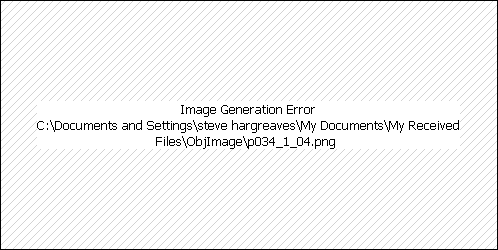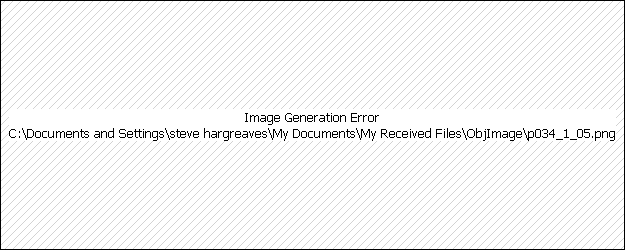Towing a boat - Towbar fitters | Tow bars | Towbar Fitting | Towbar Fitting Preston | Towbar Fitting Manchester
Main menu
- HOME
- TOWBARS
- ABOUT US
- PORTFOLIO
- PARKING SYSTEMS
- SERVICES
- CONTACT US
Towing a boat

We recommend that the first time you use your boat trailer you allow plenty of time for trimming the trailer and boat to make them match correctly.
Time spent on this will be recouped many times over because future loading and unloading will be quick and easy.
Your Brenderup dealer will be pleased to help with advice and guidance.
If the adjustment requires the wheel axle to be shifted, the brake rod must also be reset.
Here are some useful tips on adapting the trailer to your boat:
Choosing the correct trailer for your boat is crucial for successful trailer sailing. Choosing the right trailer will get you and your boat anywhere you want to go safely and easily. When transported on a trailer, your boat should be supported across the hull, with the weight of the hull, engine and equipment evenly distributed. A trailer that doesn't spread support evenly can actually damage the boat hull.
Here are some tips and points to consider.
1. Your trailer must be able to carry not only the weight of your boat but also your engine, gear and fuel.
2. With regards to wheels generally 'the bigger the better'. 14" wheels are the best.
3. Wheel bearings are a major weak point on trailers, especially those that are regularly immersed in water. Protector caps which contain extra grease help prolong the bearing life.
4. Pay attention to the galvanizing on your trailer. The best type is one galvanized to British Standard BS 729. If possible avoid the spray on type of galvanizing as it doesn't not offer as much protection. Rubber end caps on the chassis members will help keep water out and so reduce corrosion.
5. Rollers on a trailer which can swivel and pivot as well as revolve make launching and recovery easier than bunks or rubber slides.
6. Some trailers allow boats to be launched and recovered without submerging the trailer. These obviously prolong trailer life.
7. A winch for launching and recovery makes life much easier.
8. It is often said that depending on the particular boat, a good rule of thumb is to spend 10% of its cost on a road trailer.
The weight and length of the boat must match the boat trailer
The boat’s weight and length specifications are important. The weight is important in relation to the trailer’s working load. Remember to add the weight of any equipment, engine and petrol to the boat’s deadweight.
The length must also be correct to avoid overloading the hull.
According to boat manufacturers, the maximum distance from the rear keel roller to the end of the hull must be 80 cm.
It may be tempting to use the boat as a huge car boot, but make sure the trailer does not get overloaded. If you are in doubt about total weight we recommend you test-


The boat must rest on its keel and be supported by the side supports/super-
Here is how to adjust the boat trailer correctly
Adjustment of boattrailers without superrollers
Ordinary rollers
Side supports
· In principle the rear side supports should be mounted as far back on the chassis as possible, and the front side supports positioned where they can provide the boat with the greatest support.
The height of the side supports is in the lowest position.
Pull up the boat and adjust the keel rollers:
· Pull up the boat onto the trailer using the winch. To obtain the optimum centre of gravity, the distance between the boat’s hull and the mudguards must be as small as possible, preferably 20-
If necessary unload the boat again and adjust the keel roller to the correct height.
If the boat is flat-
Adjust the side supports to support the boat:
· Straighten up the boat with the side supports. The distance from the hull down to the mudguards must be the same on both sides. If necessary, use a jack to lift the side supports into place. Under no circumstances may the side supports lift the boat from the keel roller.


Super-
· If the boat’s rear hull is flat, the super-
· Position the forward side supports where they will best support the boat in their lowest position.
Pull the boat up with the winch and check that the boat is resting on its keel:
· Pull the boat up onto the trailer using the winch.
The distance between the boat’s hull and the mudguards must be as small as possible, preferably 20-
Adjust the super-
· The boat must not rest on the super-
When the distance between the mudguards and the boat’s hull is correct, adjust the super-
Get a quotation for a professionaly fitted towing system..